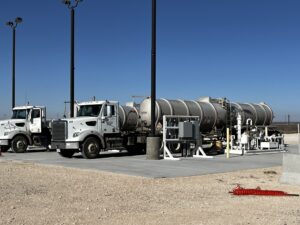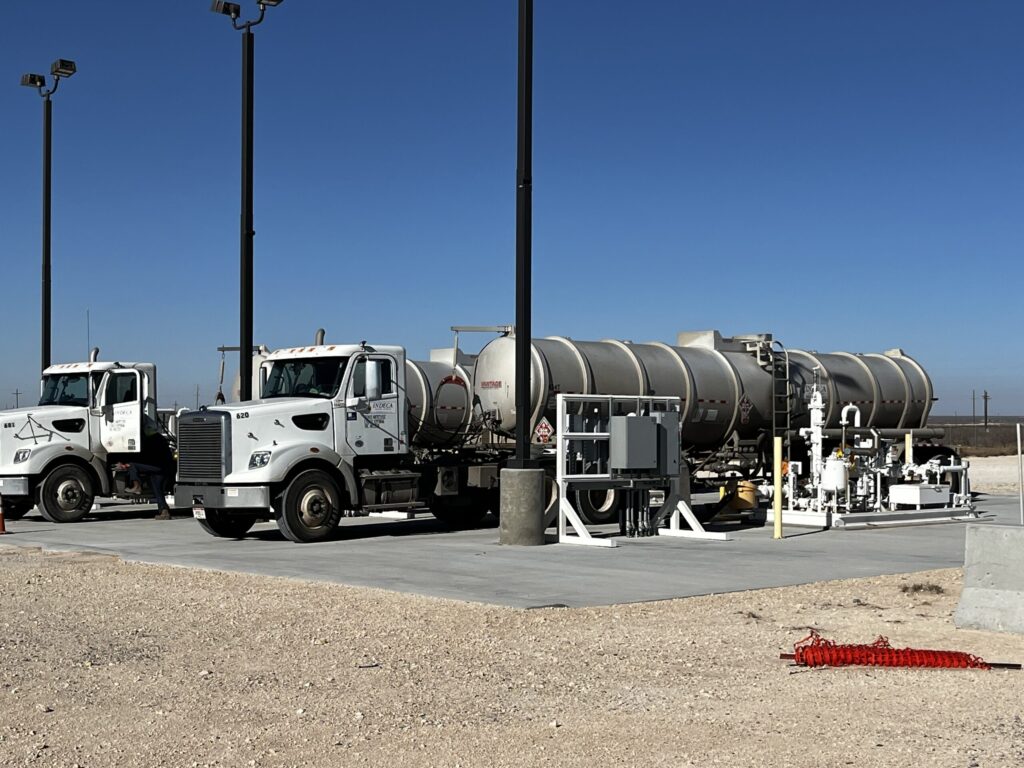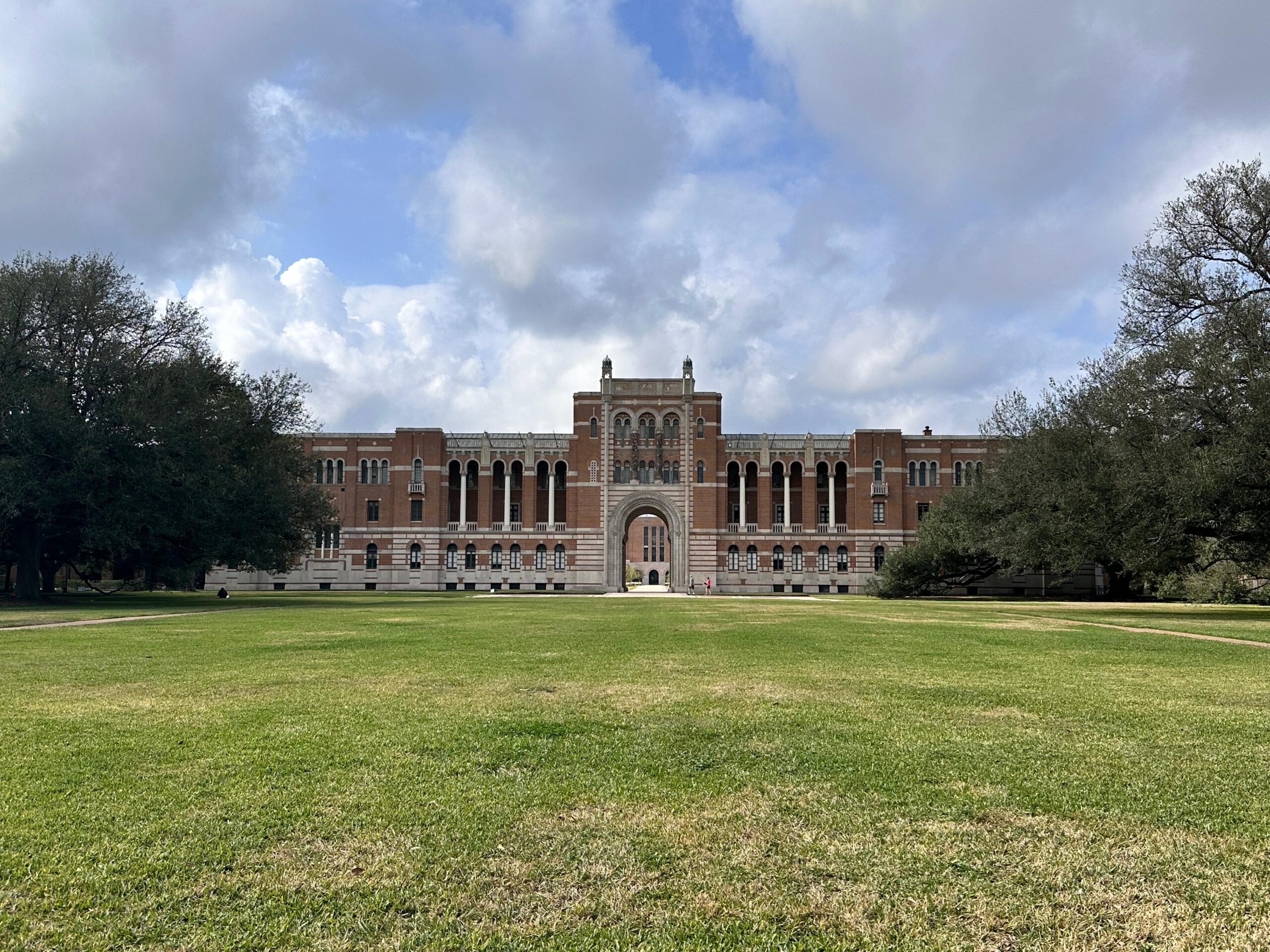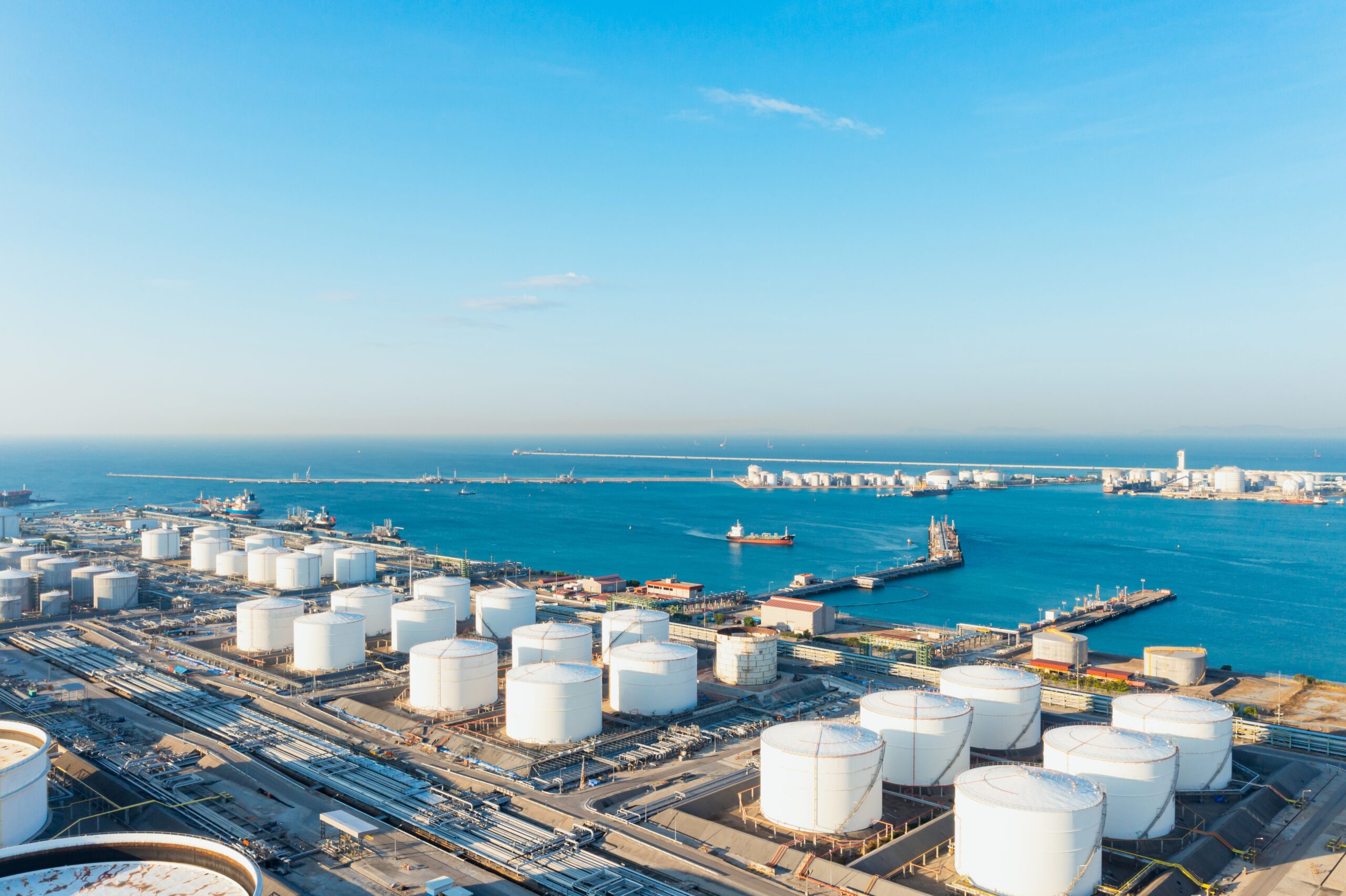Not passing copper strip tests at truck offload stations?

Why Do Truck Offload Stations Require This Test?
How the Copper Strip Test Works (ASTM D130)

How Pro3 NGL Ensures Copper Strip Compliance
Where to Learn More or Request a Treatment Solution
Q2 Technologies is a leading provider of chemical treatment solutions. Unlike traditional oilfield chemical companies and oilfield chemical suppliers, Q2 Technologies offers innovative products such as the Pro3 NGL catalyst. Discover why quality chemicals matter to ensure optimal treatment performance. Contact Q2 Technologies today to learn more about this revolutionary approach to oilfield chemical treatment.
Interested in a liquid chemical solution to treat H2S or mercaptans in crude oil? Check out our solution here!
Q2 Technologies, is a leading provider of chemical treatment solutions. Unlike traditional oilfield chemical companies and oilfield chemical suppliers, Q2 Technologies offers innovative products such as the Pro3 NGL catalyst. Contact Q2 Technologies today to learn more about this revolutionary approach to oilfield chemical treatment.







